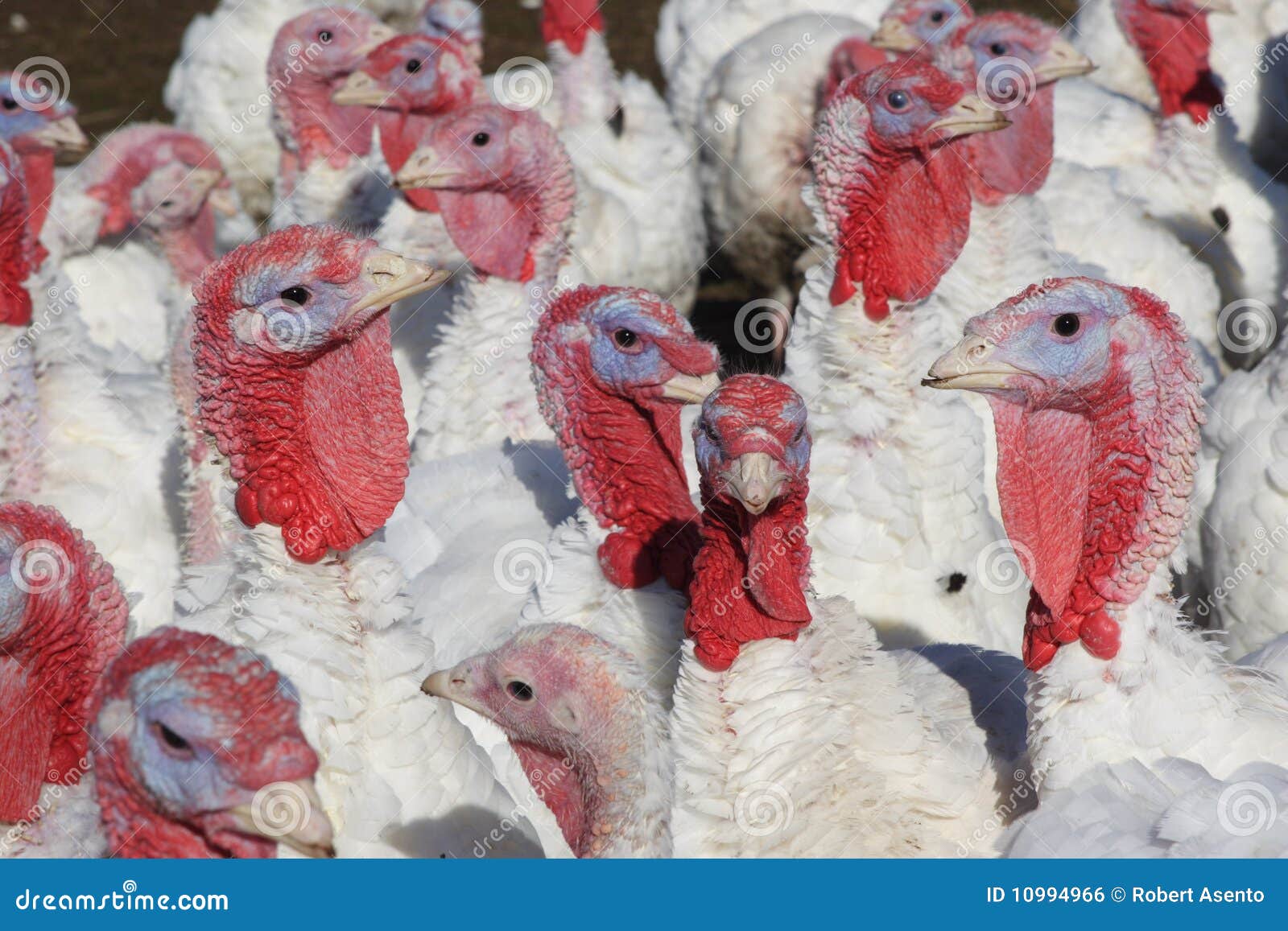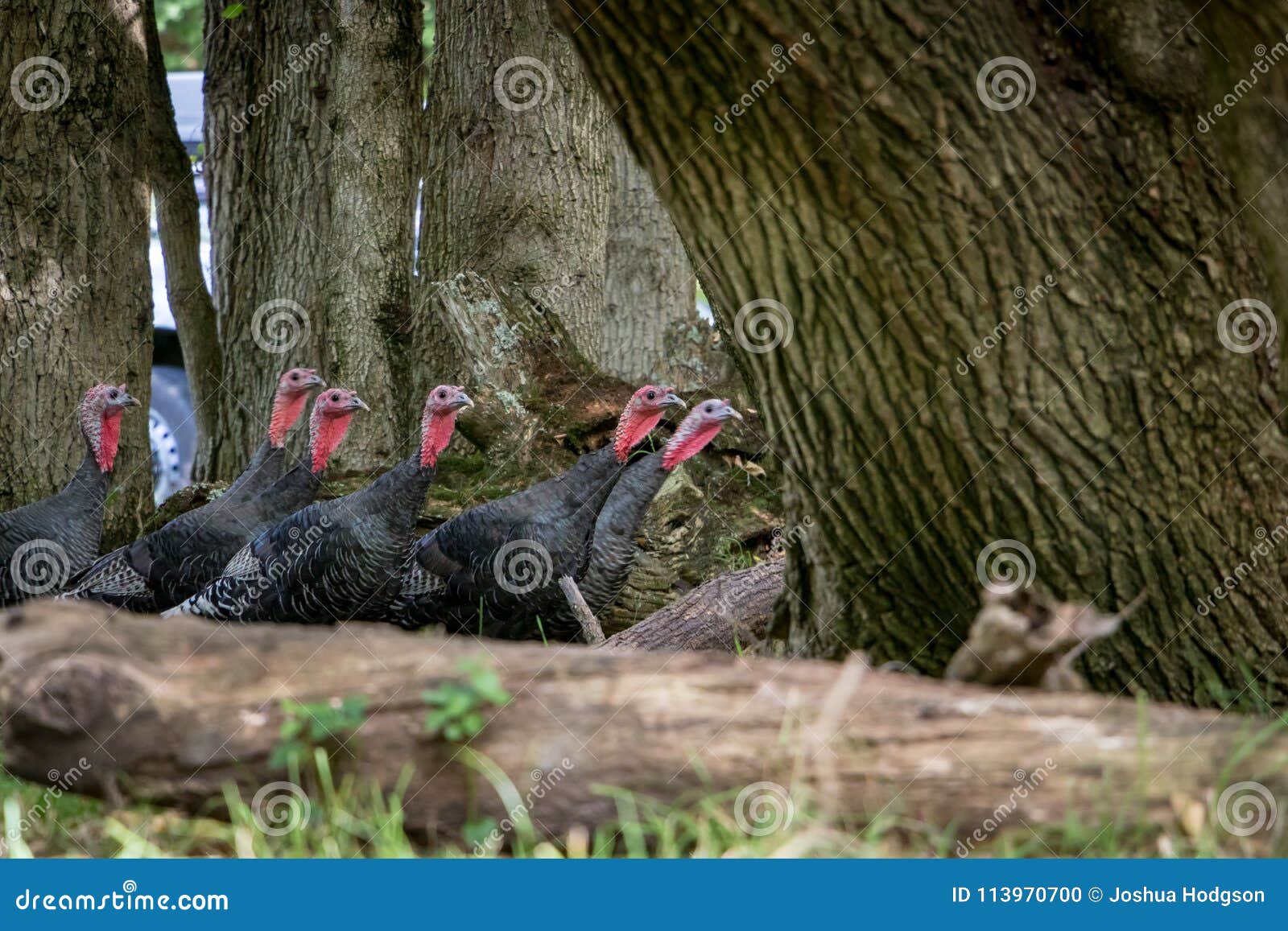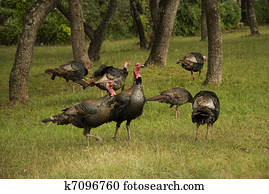

Wild Turkey Flock at Bird Feeder Wild Turkeys roost high up in tree branches every night, so you’ll need to have nearby trees of some size if you’d like to see them near your wildlife garden. But these birds have also been known to scavenge under bird feeders as well. You can attract Wild Turkeys to your garden most successfully if you live close to forested areas by planting some or all of the above plants. Domestic turkeys from small farm flocks are occasionally reported to join wild flocks in the United States.

Wild Turkeys also eat a wide variety of insects: They eat quite a variety of native plant nuts and berries, including:Īcorns from White Oak, Red Oak, and Black Oak

Wild Turkeys forage in flocks and eat mostly from the ground. They are skittish and quite wary, so your chances of getting close to them are quite slim. The Wild Turkey has eyes placed toward the side of its head, which allows them to spot any predator attempting to sneak up on them. And they can fly at speeds up to 55 miles per hour. While the Wild Turkey appears to be ungainly and slow, they can actually run quite fast, up to 25 miles per hour. The HPAI-positive toms were just three of seven dead turkeys that FWP game wardens found in the Billings neighborhood. The park is a great place to see songbirds, waterfowl and a flock of wild turkeys that roams. A fellow passionate turkey hunter, this Arkansan expat set roots further east in Mississippi, where bird populations appear in a gentle slide as opposed to a tailspin. In Montana, three tom turkeys from an urban flock in Billings tested positive for HPAI after they were reported to Montana Fish, Wildlife & Parks (FWP) by a resident who found two of the birds dead in his yard.
#WILD TURKEY FLOCKS SKIN#
The bare skin on a Wild Turkey’s face can range from red to blue to gray. Blendon Woods Metro Park is a 653-acre park located at 4265 E. These spiny protuberances are used for defense and to establish dominance over their female harem.Īnd now take a look at the female Wild Turkey: Young turkeys are able to fly to roost once they reach 2 to 4 weeks of age but they must roost on the ground until that point. And they also have “spurs” that grow about 2 inches long. At night, small flocks of wild turkeys roost in trees. For one, the male likes to “strut his stuff” by walking around showing off his magnificent tail, and also lowering his wings so that they almost drag through the dirt.Īlso, male Wild Turkeys have a “beard” (notice the long feathers hanging from this Turkey’s chest). It’s easy to tell the Wild Turkey males and females apart. But due to an ambitious relocation program, the Wild Turkey can now be found in large numbers in every state in the US except Alaska.Įven though these birds are quite large, they are quite well camouflaged and often difficult to see. As winter transitions to spring, large winter flocks of turkeys break into smaller flocks. While I greatly enjoy Thanksgiving dinner with my family, I am always in awe when I get to catch a glimpse of the beautiful Wild Turkey as I meander through the woods.ĭuring most of the 20th century, Wild Turkeys were extirpated from many areas, and almost extinct in others due to habitat loss.


 0 kommentar(er)
0 kommentar(er)
